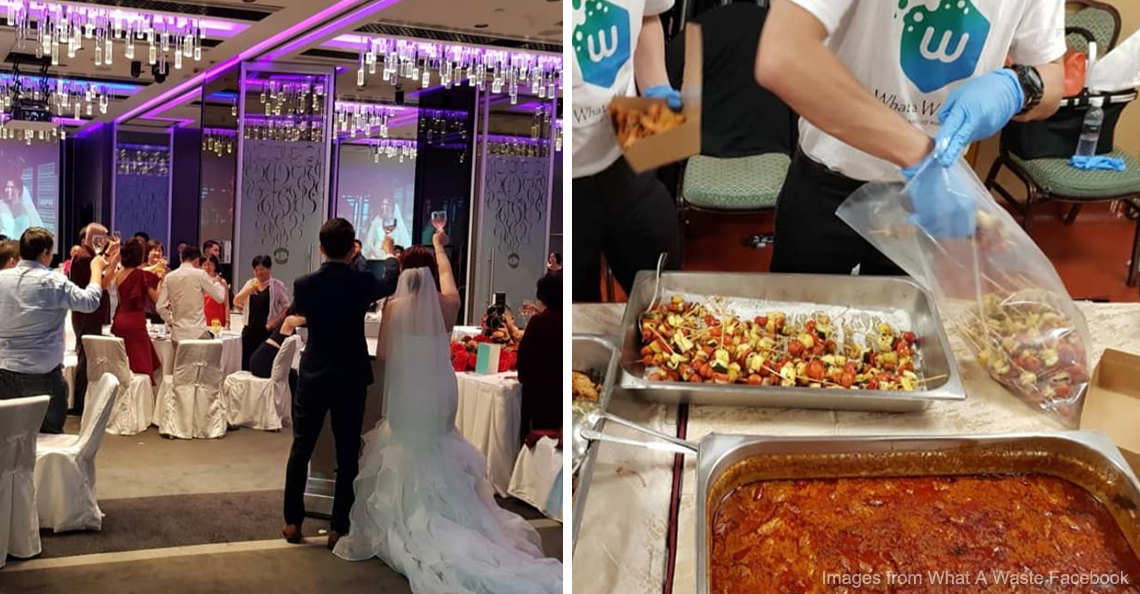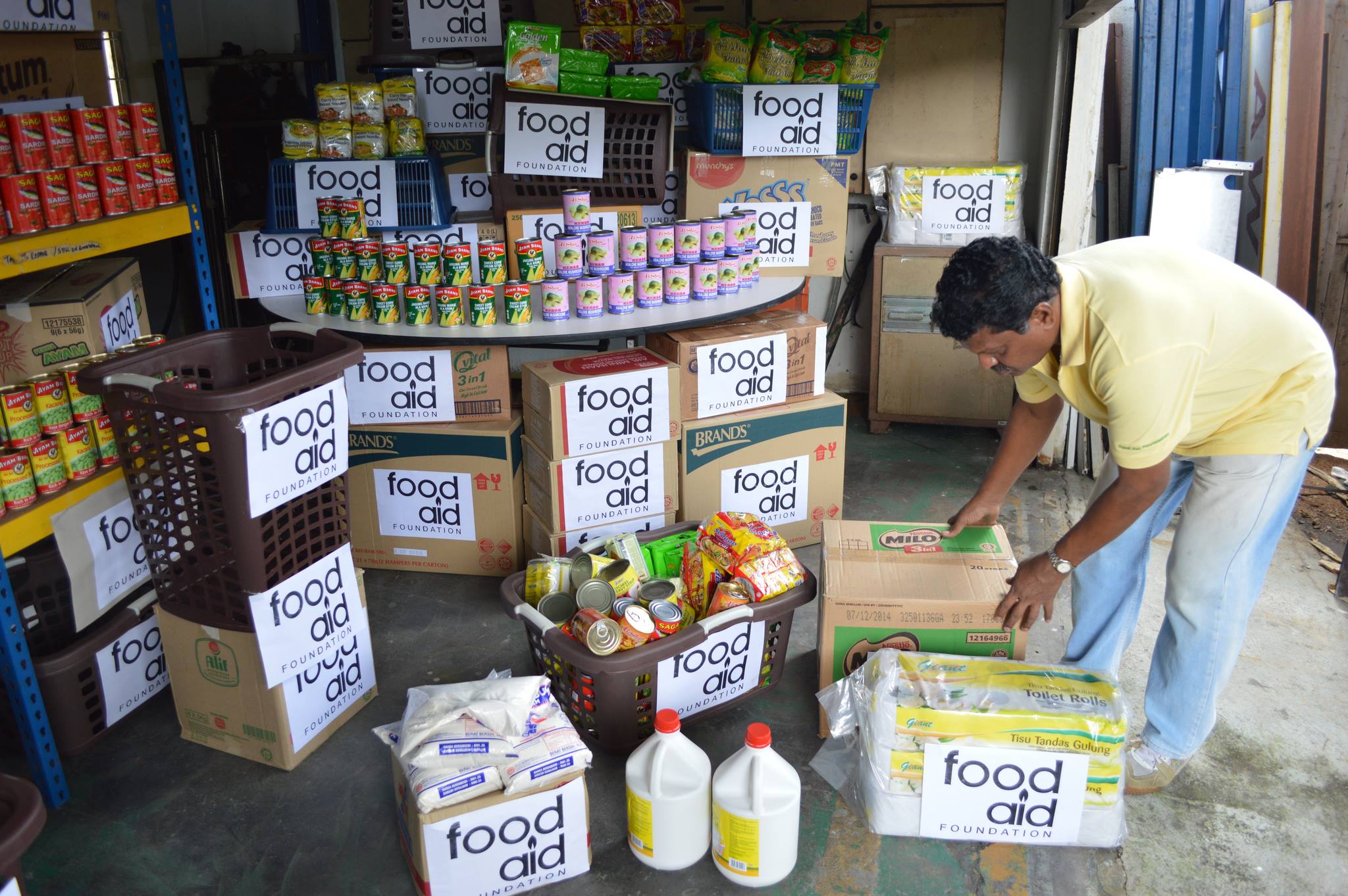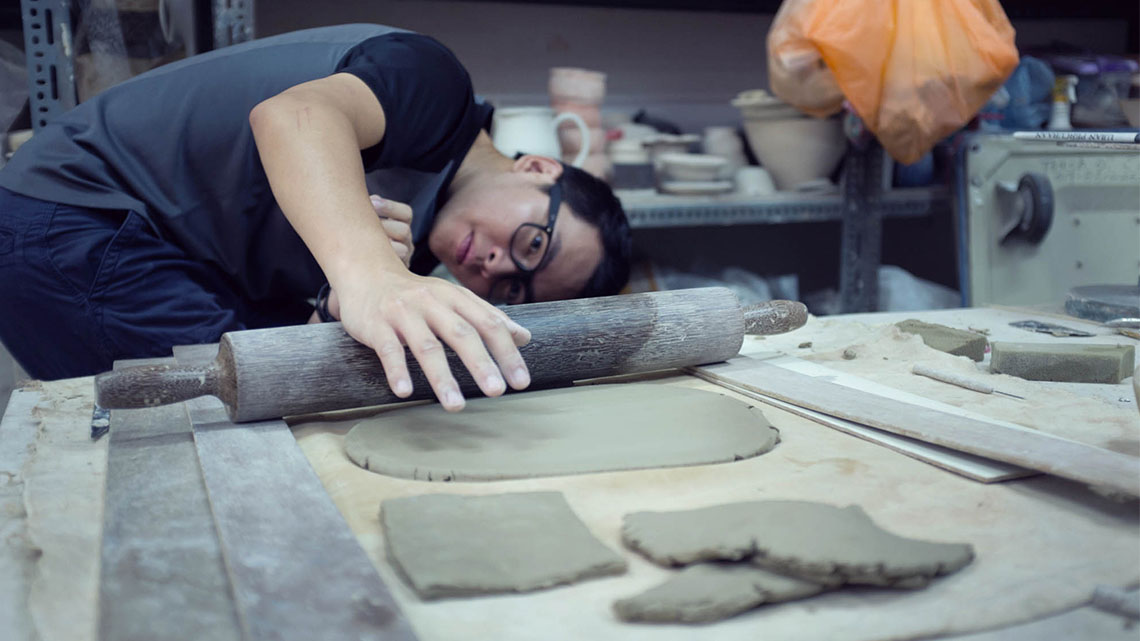Msians waste up to 45kg of food at EVERY wedding but some don’t even end up in landfills

- 3.8KShares
- Facebook3.8K
- Twitter2
- LinkedIn6
- Email14
- WhatsApp70
The Chinese New Year celebration meant family gatherings, gambling, food, food and MORE FOOD! And with a lot of food served during festivities like this, it would only lead us to one problem: food wastage.

According to data released by Solid Waste Management and Public Cleansing Corporation (SWCorp), Malaysians waste 15,000 tonnes of food on an average day. In addition, Malaysians reportedly waste 15% to 20% more food every festive season.
That’s equivalent to 120,000 tonnes of food waste per month… or 343 million packs of medium-sized nasi ayam!!! And with the same amount of food wasted, 2.97 million people who live in hunger can get three meals per DAY.
While this can be a worrying problem to us Malaysians (cos we loooooveeeee food so much), we recently found a group of people who are actually doing something with the excess food during festivities.
This architect duo started an app to connect food donors directly to the needy
Meet Angela Tan and Alvin Chen, two individuals with architectural backgrounds who founded a food donation organisation called What A Waste (WAW).

We managed to talk to WaW’s co-founder, Alvin who told us how WaW started. And it all began during WaW’s founder, Angela‘s college days when she was actively involved in volunteering at local church food banks and led a Hunger Relief Program for an NGO.
And through these experiences, Angela noticed a loophole in the way these organisations distribute food to those in need: the method to distribute food is not sustainable. The current method being used by these organisations apparently results in many overlooked families who are in dire need of aid. Alvin calls this method the centralised food distribution.
“A centralised approach simply means rescued food are first stored or cooked in a central hub of which heavy commercial grade kitchen equipment and resources are required and eventually distributed to affiliated partners then only disbursed to the communities.” – Alvin to CILISOS.
This would mean that the food rescued by these organisations would normally go through several stages before it is being distributed to those in need. And this process would normally take high energy usage considering the organisation’s need for commercial grade freezers and cold room, besides the need to re-cook already cooked food.

And to fix this loophole, sometime in 2017, Angela formulated a more sustainable way of distributing excess food to those in need by doing so immediately. This has been the core value of WaW when Angela started the organisation with Alvin, who was inspired to join her because he understood the struggle of living in hunger as he grew up with that kind of experience.
“The WaW movement is no different in respect to this cause but our approach to immediately distribute food to individual families is a first of its kind locally.” – Alvin.
Alvin told us that they’re called What A Waste because, “What A Waste-lah is a very common connotation used by all Malaysians to express regret when we could have done something about what we know, but did not.”
In 2018, 8 regular Malaysians from various background such as lawyers, architects, physiotherapists, food nutritionists and corporate individuals joined Angela and Alvin to be WaW’s dedicated food warriors aka volunteers. A couple of years later, WaW made its debut on Facebook.
If you visit WaW’s Facebook page, you’d notice how the organisation was supposed to be an app-based platform that would connect food recipients to food donors. When we say food donor, we meant you (everyday Malaysians) besides hoteliers, bakeries, retailers and chap fan restaurants, among others.
However, you won’t be able to find the app anywhere at the moment as, according to Alvin, it is solely focusing on the physical demonstration of how the app will function.

But what you can do now is…
You can call WaW to take leftover food from your kenduris and weddings for FREE!
WaW actually operates in two ways: you can either be a food donor where they’d take leftover food from you upon request (especially if you’re a restaurant owner or a hotelier) or you can call them whenever you have events.
And when we say events, we don’t only mean corporate events and buffets but kenduris and even… WEDDINGS!

When we talked to Alvin, we learnt that the team didn’t even think they’d be rescuing food at weddings. Alvin even added that they learnt how weddings are one of the biggest contributors to food waste after getting involved with rescuing food from weddings.
“It was an interesting discovery for us that wedding couples subscribe to our service because they wanted their special day to be extraordinary by being able to bless the needy families with their good food.” – Alvin to us.
Couples generally informed Alvin that this concept is pretty refreshing as it has never been done in Malaysia before. It also gets overwhelming responses from the public to the extent that their quotas for weddings for this year has been filled although it’s only been the first month of 2020.
And that may have something to do with how WaW is doing this for… FREE!
“No, we don’t charge people for requesting for our food rescue service and we don’t sell rescue or donated food for that matter of fact, either.”- Alvin.
The food rescued from events or donors are packed at the venue itself and donors have the choice to pack the food by themselves or request WaW to pack the food for them. Once the food is packed, weighed and sealed, the rescued food will be immediately delivered to the nearest located beneficiary, normally urban poor people. WaW would normally inform these beneficiaries that they would be getting food prior to the mission.

This may be why you’d have to let WaW know when your event is as early as possible (and you can do so here) so they can prepare whatever that is necessary for its mission. And this includes assigning its food warriors with tasks like time-keeping (to avoid food contamination), checking and packing.
And after each mission, WaW would normally post the information gathered from the mission on Facebook. And these are not just your ordinary posts with food photos la.
As you can see, WaW lists out the type of food rescued with their respective weights, the time taken to execute the mission and the beneficiary of the food.
“This idea of weighing all rescued food is rooted by Angela. Largely, due to her architectural background, she sets, as part of our SOP to detail the food weight, the duration of rescue and the breakdown of food rescued.” – Alvin.
Alvin also added that the weighing method differs from dry and wet food.
And the only reason why WaW documents this is to understand the amount of impact achieved in every rescue mission besides finding ways to improve their missions. At the same time, WaW also wishes to educate and cultivate the habit of responsible eating among Malaysians.
Actually, what they’re doing does not only benefit those in need by bringing food to them but it also brings a long-term benefit because…
Food waste can cause climate change ?
You may not have noticed this but the amount of food wasted by Malaysians is pretty alarming. SWCorp stated that 55% of waste that ends up in landfills comprise of… FOOD.

And it’s considered alarming because food waste can contribute to climate change. Just imagine this: when you leave food outside for a long time, it will start to decompose. Not only does this process gives out a very unpleasant smell (have y’all smell rotten rice before?), it also emits methane, which is a greenhouse gas.
When methane is released to the air, it absorbs the sun’s heat, warming the atmosphere. And because of this, methane became a greenhouse gas like carbon dioxide by causing global warming.
However, not all of the food waste that ends up in the landfills came from us la. Some actually came from post-harvest plantations and farms and food that really can’t be saved aka the leftovers from your plates.

As it turns out, the people at WaW aren’t only rescuing food by giving them out to beneficiaries. Alvin told us that WaW segregates rescued food into three main categories:
- Untouched surplus food: delivered immediately to beneficiaries
- Touched food: filtered and fed to animals
- Remaining leftovers: passed to food composting organisations
So, in a way, WaW tries to make use of all the food they rescued from donors and events. And they’re planning to do more.
Alvin told us that they’re in talks with neighbouring countries to replicate this movement base on WaW’s concept. Besides that, WaW aims to set up satellite base in as many states nationwide. #muchWaW At the time of writing, we can’t tell how this is gonna work so we shall just wait and see when this happens.
Despite the good intentions of organisations like WaW, Dr Ainu Husna MS Suhaimi of MySaveFood, a project to reduce food waste, pointed out that…
“We welcome efforts to set up food banks but what is more important now is for us to strive to avoid wastage at farms, restaurants, hotels and at homes.” – excerpt taken from The Star.
And one way to do that is by reducing food waste that we already have at home. Some ways you can do this is by…
- Make a grocery list of what to buy
- Use your freezer to keep food longer
- Be creative with leftovers
- Blend, bake or boil your food, among other ways.
…or if you wanna do more with WaW, you can be a food warrior by filling in this volunteer form here.
- 3.8KShares
- Facebook3.8K
- Twitter2
- LinkedIn6
- Email14
- WhatsApp70



